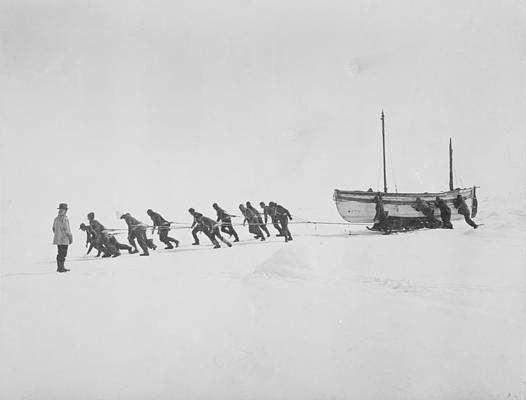I recently read “The Last Viking”, a biography of Roald Amundsen, the first man to traverse the Northwest passage, the first to reach the North Pole by airship (and possibly at all) and the first to reach the South Pole. It opened my eyes to the heroic age of polar exploration, a time when people straddling the line between sane and insane attempted feats that defied death and often defied logic.
Shackleton did not achieve any enduring heroic “firsts”, and for years his reputation played second fiddle to that of the famous Captain Scott. Shackleton is now regarded as one of the most admired men in Britain. Amundsen admired Shackleton immensely, as did many of his peers. There is a famous quote by Sir Raymond Priestley, one of his contemporaries: “Scott for scientific method, Amundsen for speed and efficiency but when disaster strikes and all hope is gone, get down on your knees and pray for Shackleton”.
My own opinion is that Shackleton was an admirable and inspiring leader but his expeditions were poorly planned and organized. Had he been better prepared, there is almost no doubt that he would have claimed the title of “first person at the South Pole”. As it happened, he missed the mark by – by less than 100 km. The reason he turned back was to save his men from an almost certain death, and it is because he valued the lives of his crew more than the accolades that would accrue from reaching the mark first.
